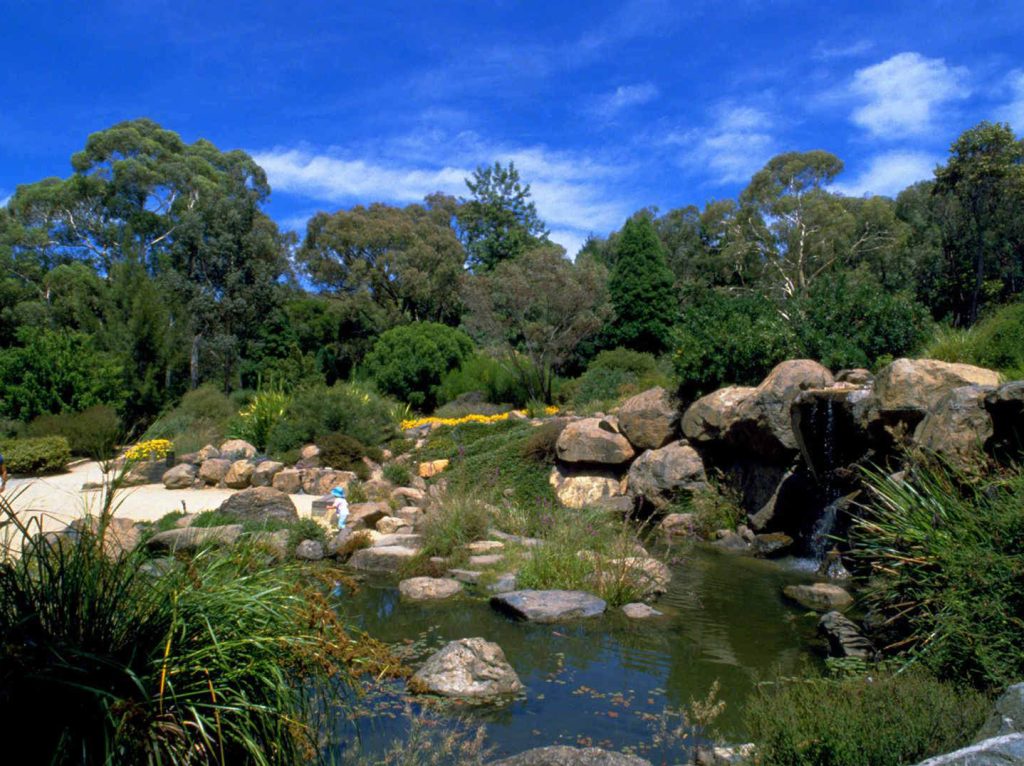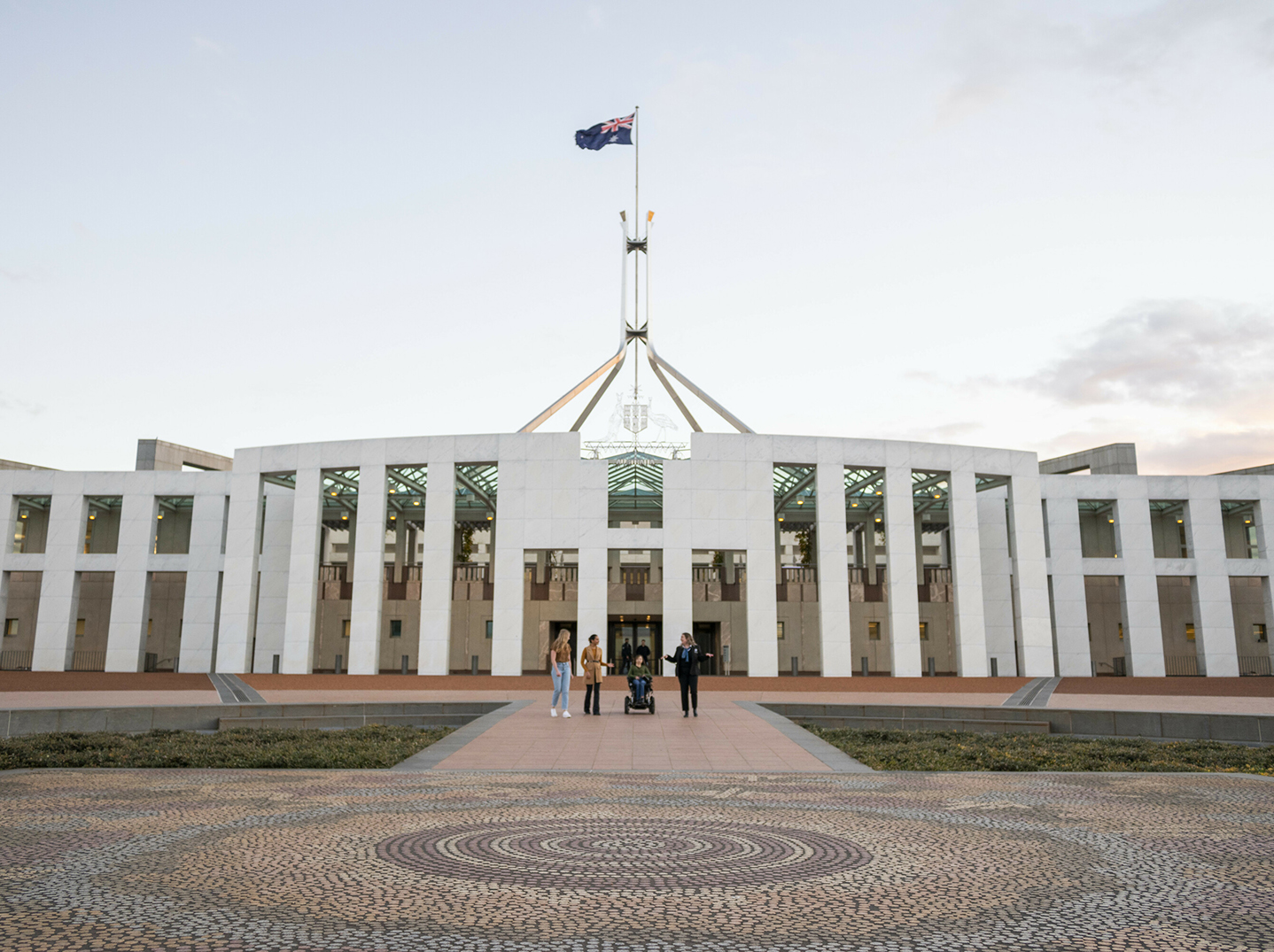I’ve had the pleasure of exploring some of the most stunning destinations around the world, but there’s something truly special about Canberra. Often overshadowed by Australia’s more well-known cities, this capital offers a wealth of picturesque spots, perfect for capturing stunning travel photos. Whether you’re a seasoned photographer or just someone who loves snapping memorable shots, Canberra’s photogenic landscapes and architectural wonders will leave you in awe.
I’ll guide you through some of the best photography spots in Canberra, sharing tips on the best time to visit, how to make the most of each location, and some helpful advice to ensure you capture those perfect moments. Let’s dive in!
- Parliament House
Best Time to Visit: Early morning or late afternoon for soft light.
No visit to Canberra is complete without a visit to Parliament House. The sleek and modern design of this iconic building makes for a stunning subject, with its sweeping lines, green lawns, and wide-open spaces.
Photography Tips:
• Wide-Angle Shots: Parliament House is massive, so a wide-angle lens will help capture the grandeur of the building, especially the front facade and its expansive lawns.
• Use the Surrounding Grounds: The long expanse of grass in front of the building offers a fantastic opportunity to frame the Parliament House against a wide open sky, which looks particularly striking at sunrise or sunset.
• Take Advantage of Reflections: Don’t forget to take photos of the building’s reflection in the surrounding pools. The calm water creates a beautiful, symmetrical shot, particularly during the golden hour when the light is softer.
• Vertical Shots: Parliament House’s clean lines and height make for dramatic vertical compositions. Try taking a shot from below, looking upwards at the building, to capture its grandeur.
How to Get There: Parliament House is centrally located in Canberra. If you’re staying in the city, you can either walk, bike, or take a bus. There are also paid parking spots available for those driving in.
- Lake Burley Griffin
Best Time to Visit: Sunrise for peaceful water reflections or sunset for the warm glow.
Lake Burley Griffin is another must-see spot for photographers in Canberra. This large, artificial lake is the heart of the city and offers endless opportunities for breathtaking shots, especially during the morning and evening when the lake’s calm surface perfectly reflects the surrounding landmarks.
Photography Tips:
• Golden Hour Shots: Early morning or late afternoon light offers soft, warm tones that make your photos pop. The sun reflecting off the lake creates a magical effect. This is particularly beautiful around the Commonwealth Park area.
• Capture the Landmarks: The National Carillon (the bell tower) on the lake’s eastern shore is one of the standout structures, offering a perfect framing opportunity when captured across the water.
• Boat Tours: You can also capture the iconic shots of Captain Cook Memorial and Lake Burley Griffin from a boat. The perspective of the lake from the water is unique and gives you a chance to photograph the landscape from different angles.
• Long Exposure Shots: If you have a tripod, take advantage of long exposure shots to smooth out the water, making it look almost mirror-like. This works especially well at dawn or dusk.
How to Get There: Lake Burley Griffin is easily accessible by foot, bike, or car. You can rent a bike or walk along the many paths that line the lake’s perimeter. Public transport also serves the area, with bus stops around the lake, or you can hire a kayak for a more immersive experience.
- The Australian War Memorial
Best Time to Visit: Early morning or late afternoon for soft light and fewer crowds.
The Australian War Memorial is not only a powerful place of remembrance but also an incredibly photogenic spot. The impressive architecture and its beautifully landscaped gardens offer fantastic opportunities for both wide and detailed shots.
Photography Tips:
• Capture the Scale: The Memorial Courtyard is a great place for wide shots of the memorial’s columns, but to truly capture the scale of the building, a wide-angle lens is your best friend.
• The Reflecting Pool: The long reflecting pool in front of the memorial provides a perfect symmetrical shot. The combination of the building’s grand architecture and the calm water is stunning, especially at dusk when the lighting is soft and dramatic.
• Focus on Details: Don’t forget to take close-up shots of the details, such as the intricate sculptures and plaques on the memorial’s walls. A good macro lens will help you highlight these details and convey the emotional weight of the place.
How to Get There: The Australian War Memorial is located on the outskirts of the city center, and it’s easily accessible by car, taxi, or public transport. There are also plenty of parking spaces available for those driving in.

- National Botanic Gardens
Best Time to Visit: Early morning for softer light or late afternoon during golden hour.
The National Botanic Gardens are a hidden gem for nature photographers. With a variety of native Australian plants and beautifully manicured paths, the gardens offer a diverse range of photo opportunities. Whether you’re interested in close-up shots of the flora or wide landscapes of the entire garden, this location won’t disappoint.
Photography Tips:
• Close-Up Shots of Flora: The Botanic Gardens is filled with beautiful native flowers and plants. For detailed close-ups, use a macro lens or a zoom lens to capture the vibrant colors and textures of individual leaves, flowers, and seed pods.
• Golden Hour Landscape Shots: The Botanic Gardens offers excellent opportunities for landscape photography, particularly during the golden hour when the sun casts a soft glow over the plants. The Rainforest Gully area, with its lush, tropical foliage, is especially captivating during this time.
• Wildlife Photography: The gardens are also home to a variety of wildlife, including native birds and insects. If you’re into wildlife photography, keep your camera ready to snap some candid shots of these creatures in their natural habitat.
How to Get There: The National Botanic Gardens are located about 15 minutes from the city center, and it’s best reached by car or bus. You can also bike along the designated paths or hike one of the trails to explore the area more intimately.
- Mount Ainslie Lookout
Best Time to Visit: Sunrise or sunset for panoramic city views.
For sweeping panoramic shots of Canberra, Mount Ainslie Lookout is the place to be. This lookout offers one of the best views of the entire city, with an incredible vantage point of Lake Burley Griffin, the Parliament House, and the surrounding mountains.
Photography Tips:
• Panoramic Shots: The lookout is perfect for wide-angle shots of the city. During the early morning or late afternoon, the light creates a golden hue over the cityscape, making it look even more spectacular.
• Night Photography: If you’re a fan of night photography, the view of Canberra’s illuminated skyline is breathtaking. Set your camera to a long exposure and capture the city lights as they twinkle against the darkened sky.
• Time-Lapse Photography: The high elevation makes this an ideal location for capturing time-lapse footage, especially during sunrise or sunset when the light changes dramatically.
How to Get There: The lookout is accessible by car, with parking available at the top. If you’re feeling adventurous, you can also hike up the mountain from the base (it’s a moderate climb, but the view is worth it).
- Tidbinbilla Nature Reserve
Best Time to Visit: Early morning for wildlife photography or midday for lush green landscapes.
If you’re a wildlife photographer, the Tidbinbilla Nature Reserve is a must-visit location. Just outside the city, this reserve is home to a diverse range of native wildlife, including kangaroos, koalas, and an array of bird species.
Photography Tips:
• Wildlife Photography: Be patient, as animals often move slowly or remain hidden. Use a telephoto lens to capture wildlife from a distance without disturbing them.
• Landscape Shots: The reserve’s diverse landscapes, including forests, wetlands, and rocky hills, offer stunning backdrops for photos. The Eucalypt Forest trail, in particular, is a great spot for landscape shots.
How to Get There: Tidbinbilla is a 45-minute drive from Canberra’s city center. You can reach the reserve by car, and there’s a small entry fee. Make sure to check out the walking trails and take plenty of water if you’re planning to hike.

Travel Tips & How to Navigate the City:
- Transport: Canberra is a relatively small city, and most of the popular photography spots are easy to access by foot, bike, or bus. Public transport is reliable, but renting a bike or car is an excellent option for those looking to explore at their own pace.
- Best Time to Visit: Canberra can be visited year-round, but spring and autumn are particularly beautiful, as the city’s parks and gardens come alive with vibrant colors. Summer is warmer but can get crowded with tourists.
- Weather Considerations: Be mindful of Canberra’s often changing weather. Bring layers, and always check the weather forecast before heading out, especially if you plan to shoot during sunrise or sunset.
Canberra offers a stunning variety of photogenic locations, each with its unique charm and beauty. From the grandeur of Parliament House to the natural serenity of the Botanic Gardens and the expansive views from Mount Ainslie, you’ll find countless opportunities to capture breathtaking shots. Keep in
mind the best times to visit for optimal lighting and make use of different angles, lenses, and perspectives to elevate your photography. With a little planning, you’ll have no trouble snapping the perfect travel photos in this beautiful Australian city.

